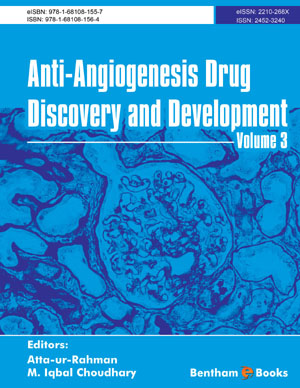Abstract
With the second-highest cause of mortality in the world, cancer becomes a
major threat around the globe. In the last few decades, heterocyclic compounds,
obtained naturally or synthetically, have been developed as a potential scaffold for
developing many anticancer drugs. Heterocyclic compounds due to heteroatoms such
as oxygen, nitrogen and sulphur can be employed as hydrogen bond donors as well as
acceptors. Thus, they can bind suitably to pharmacological targets and receptors via
intermolecular H-bonds more effectively, giving pharmacological effects. They can
also alter liposolubility, hence the aqueous solubility of drug molecules to achieve
remarkable pharmacotherapeutic properties. These heterocyclic leads exert the
anticancer activity by a distinctive mechanism such as inhibiting Bcl-2, Mcl-1 proteins
(induce apoptosis), inhibiting PIM proteins (hinder the cellular process and signal
transduction in cells), inhibiting DNA topoisomerase, inhibiting aromatase (inhibit
replication and transcription), modulating epigenetic mechanisms (inhibit histone
deacetylase/HDAC) and inhibiting cellular mitosis (tubulin inhibitors).The current
chapter aims to describe these promising anticancer targets. The novel targets are also
illustrated with a pictorial presentation to understand heterocyclic drugs action on
various cancer targets. This chapter will facilitate researchers, pharmacologists, and
medicinal chemists in the understanding mechanism of heterocyclic drugs, which can
help develop new anticancer agents.
Keywords: Anticancer, Apoptosis, Aromatase inhibitors, HDAC, Mitosis, Topoisomerase inhibitors, Tubulin inhibitors.






















